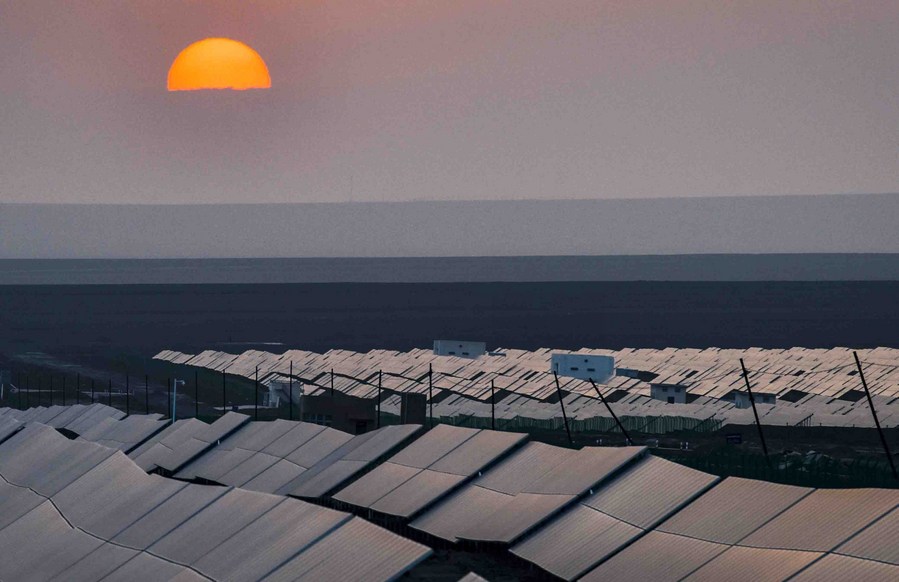
Chinese researchers recently generated a high-resolution map of China’s photovoltaic resources, shedding new light on the country’s solar energy potential.
According to the map, the average annual effective irradiance exceeds 1,700 kWh/m2 in western China, with the highest value found in Tibet, while eastern China has an annual effective irradiance of 1,300 to 1,500 kWh/m2.
Using data from the Advanced Geostationary Radiation Reflector on board the Fengyun-4A satellite and machine learning technique, researchers have made progress in assessing solar resources.
Fengyun-4A, put into operation in 2017, is a new-generation Chinese geostationary meteorological satellite. Measures solar reflection and thermal emission with high temporal, spatial and spectral resolutions.
The study was conducted jointly by researchers from the Institute of Atmospheric Physics (IAP), subordinate to the Chinese Academy of Sciences; the National Satellite Meteorology Center (NSMC); and the Harbin Institute of Technology. It was recently published in the journal Renewable and Sustainable Energy Reviews.
According to NSMC researcher Gao Ling, the satellite’s wider field of view has improved the reliability of the current solar radiation product over China.
Xia Xiang’ao, the IAP corresponding author, said their work goes beyond conventional approaches used in most studies and extends to effective irradiance, a crucial factor in accurately assessing solar resources. The study will be highly beneficial for the assessment and prediction of solar resources in China, according to the researchers.
Source: http://www.chinahoje.net/pesquisadores-avaliam-recursos-solares-na-china-usando-satelite-fengyun-4a/

